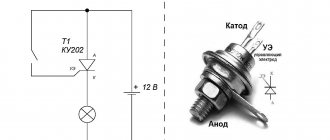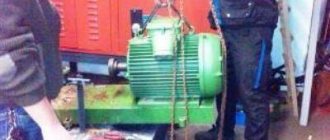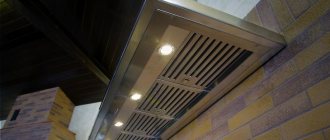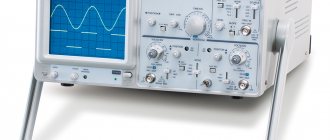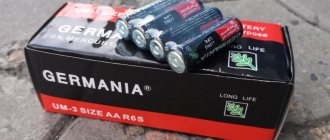Ultraviolet - we get it at home quickly and for pennies.
Nowadays, chemistry based on photocatalysts is becoming widespread.
A variety of adhesives, varnishes, photosensitive emulsions and other interesting achievements of the chemical industry. Unfortunately, industrial UV installations cost a lot of money. What should you do if you just want to try chemistry? will it fit or not? For this purpose, buying branded devices for N kilobucks is too expensive...
In the territory of the former USSR, the situation is usually solved by extracting quartz tubes from DRL-type lamas; there is a whole line of lamas from DRL-125 to DRL-1000, with the help of them you can obtain fairly powerful radiation, this radiation is usually enough for most occasional tasks. Like hardening the glue or varnish once a month, or exposing the photorhizist.
A lot of information has been written on how to extract a tube from DRL lamps, how to do it safely. I would like to touch on another aspect, namely the launch of these lamps with minimal financial costs.
Standardly, a special choke with increased magnetic dispersion is used for starting. But even this is not always available, and because... It’s heavy, so usually delivery to the regions costs a pretty penny. 700W throttle + delivery costs $100. What to try as an option, too, it’s never cheap.
The main problem with starting mercury lamps is the presence of an arc discharge. Moreover, a cold lamp and a hot lamp have fundamentally different resistance to the burning arc. Approximately from units of ohms to tens of ohms. Accordingly, this is what the inductor serves for, which limits the current during startup and operation of the lamp. It must be admitted that the choke is a rather archaic tool, and for expensive and powerful lamps used in UF dryers (several kilowatts of power, and several thousand dollars per lamp), electronic arc stabilization units are used. These blocks allow you to more accurately maintain arc burning parameters, thereby extending the life of the lamp and reducing problems during curing. Even for an archaic DRL, the manufacturer writes that the voltage spread is no more than 3%, otherwise the service life will be reduced.
How to start a DRL lamp without a choke using improvised means?
The answer is simple, you just need to limit the current in all operating modes, starting with warming up and ending with operating mode. We will limit it with a resistor.
But since the resistor must be very powerful, we will use the heating devices available at hand (incandescent lamps, irons, kettles, water heaters, hand boilers, etc.) It sounds funny, but it will work and fulfill its purpose.
The only drawback is the excessive consumption of electricity, i.e. if we run a 400W DRL lamp on the ballast, about 250W will be released into heat. But I think for the task of trying ultraviolet light, or for occasional work it is not important.
Why didn't anyone do this?
Why no one, there are DRB lamps that use exactly this principle. Next to the quartz tube is the filament of a regular light bulb.
And the writers on the Internet apparently didn’t study physics at school. Well, of course, one more small nuance, you need a heating circuit, i.e. We heat the lamp with one resistor and switch it to operating mode with the other. But I think many people can cope with a switch and two wires


